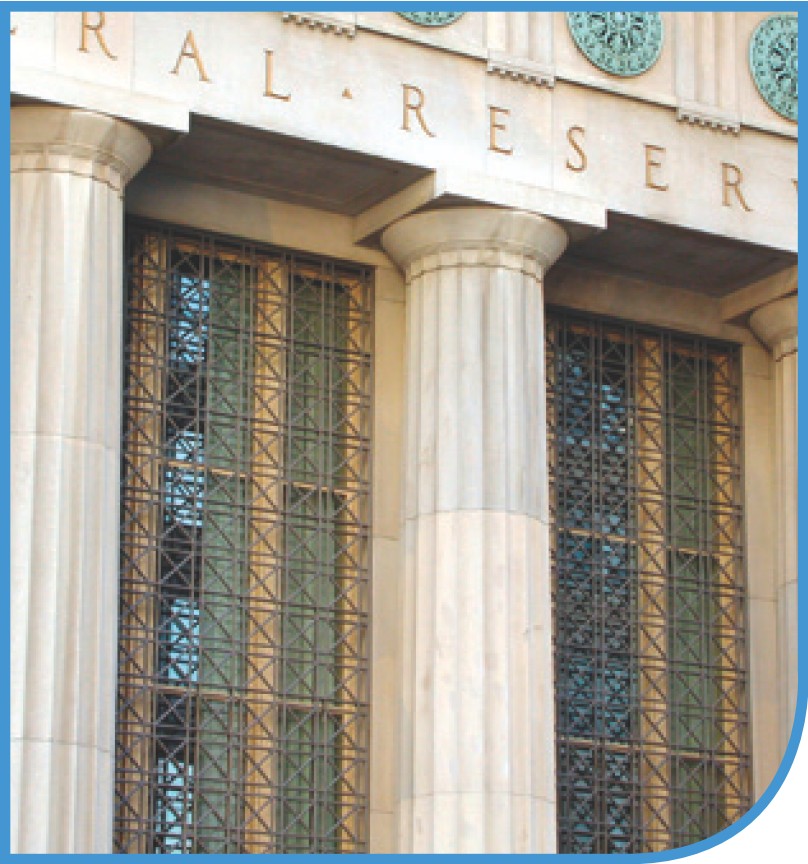
|
LGL-556
FINANCIAL BANKING REGULATION
3 Credits
|
This course is a part of the program leading to:
Master of Science in Legal Studies
Master of Science in Compliance Law
Master of Science in Taxation
Required Prerequisite:
LGL-501:
Legal Research and Writing
This course studies the U.S. regulation of financial institutions, primarily banks and other depository institutions. The course will examine the history of banking regulation in this country, how much regulation has evolved over time, and, perhaps most significantly, the somewhat fluid nature of regulation today as legislators and regulators are still working to fix the ills of the system that broke down in 2008, while trying to ensure that such a breakdown will not occur again. We will study the different types of institutions and the regulators, whether state, federal or both, that are applicable to each. We will also examine the activities and operations in which the various institutions engage, be they with consumers, counterparties, or on their own, and the regulations that govern those activities.
Course Learning Outcomes
At the completion of this course, the student will be able to:
- Describe the Early Federal Period and the historic controversies related to having a national or central bank.
- Detail the National Bank Act (“NBA”) and the Comptroller of the Currency; the Federal Reserve System; and the Federal Deposit Insurance Corporation (“FDIC”).
- Explain national and state charters; deposit insurance; the Federal Reserve System; and charter conversions.
- Identify and explain the Bank Holding Company Act (“BHCA”); the Home Owners’ Loan Act (“HOLA”); the Bank Merger Act (“BMA”); and the Change in Bank Control Act (CBCA”).
- Explain the various regulatory issues related to control, including [bank] holding company acquisitions; mergers; and other change-in-control transactions.
- Describe the regulations governing an institution’s operations regarding both its assets (loans) and liabilities (deposits).
- Identify the securities regulations to which depository institutions may be subject. Describe the Glass-Steagall Act; the Gramm-Leach-Bliley Act (“GLBA”); the Dodd-Frank Wall Street Reform and Consumer Protection Act (“Dodd-Frank”); the Securities Act of 1933 (“1933 Act”); the Securities Exchange Act of 1934 (“1934 Act”); and the Sarbanes-Oxley Act (“SOX”).
- Explain the concept of capital requirements, the Bank for International Settlements (“BIS”); the International Lending Supervision Act (“ILSA”); the Basel Committee on Bank Supervision (“BCBS”); and the Basel Accords.
- Identify how the regulatory agencies supervise troubled and failing depository institutions, and how the regulators deal with those institutions that have failed or are in default.
- Explain the social policy objectives involved in bank regulation, particularly consumer regulation, such as the Right to Financial Privacy Act (“RFPA”) and the GLBA, the Community Reinvestment Act (“CRA”), the Equal Credit Opportunity Act (ECOA”).